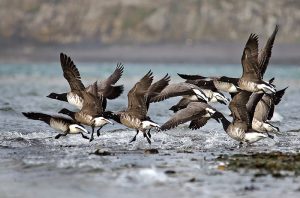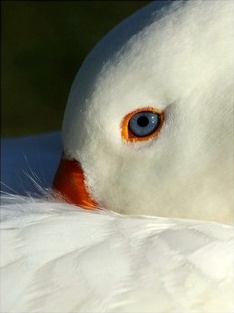“Where to watch Birds” by John Gooders 1977
“Wells was for long noted as ‘the’ haunt of geese on the Norfolk Coast, up to 8,000 pink feet having wintered in the area for at least a hundred years prior to 1938. This habit was destroyed by various wartime measures, including artillery practice and the ploughing up of the grassland leys which provided feeding grounds (the geese have since returned – in even greater numbers). Since then Wells has largely been noted for its waders and the flock of up to 1,000 Brent that winters on the tidal flats. A belt of pines is now part of a National Nature Reserve and is freely accessible. At Pinewoods there is a lake with an interesting reed bed and there is a path between the pines and the lake which is excellent for migrants. At Holkham Gap (a location used during the filming of ‘Shakespeare in Love’) the pine plantations stretch away along the dunes to east and west . The right hand group is freely accessible, easy to work, and is backed by birch, elder and bramble scrub that is attractive to small passerine migrants.”


Bird arrivals signal the changing of the seasons

In autumn and winter, dawn and dusk are filled with the cries of hundreds of species of geese, ducks and waders. 20,000 pink footed and 1,000 Brent geese come here from Iceland, winging noisily overhead in V’s of black stitching. They roost on the salt and freshwater marshes, and feed on local beet fields. Huge numbers of redwings, fieldfares and colourful thrushes from Scandinavia and Russia come to Britain to escape the harsh northern winter, many of which land up on the North Norfolk coast after their long flight across the North Sea.
Peter Scott said in one of this books that “Wells is the best place to see wild geese” and Gooseye is right under their flight path; the noise at times is like a kids’ playground in the sky!